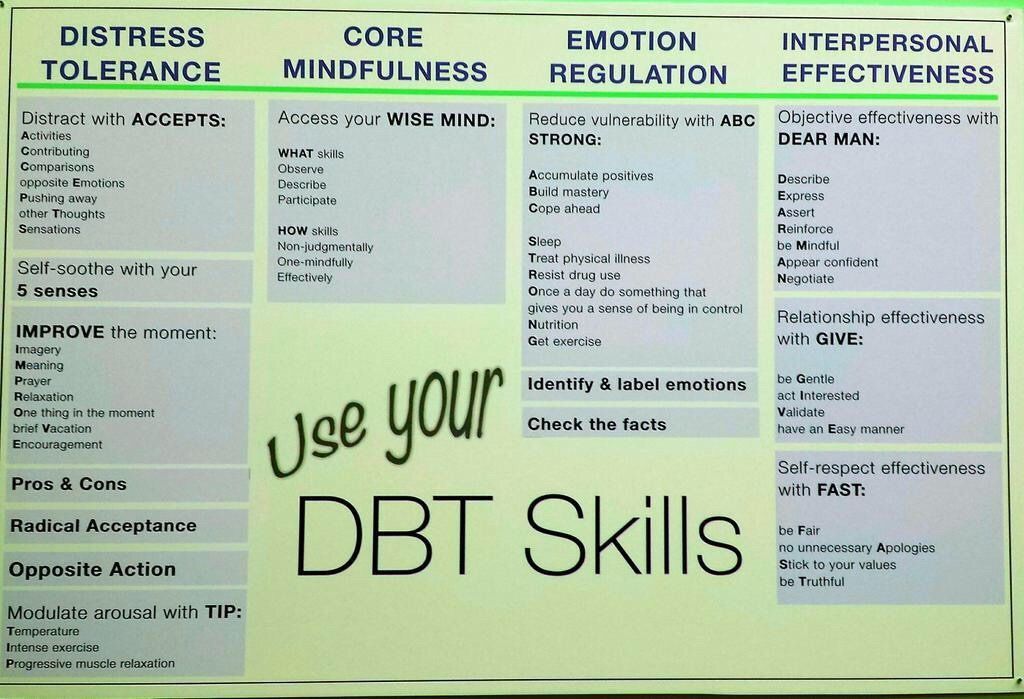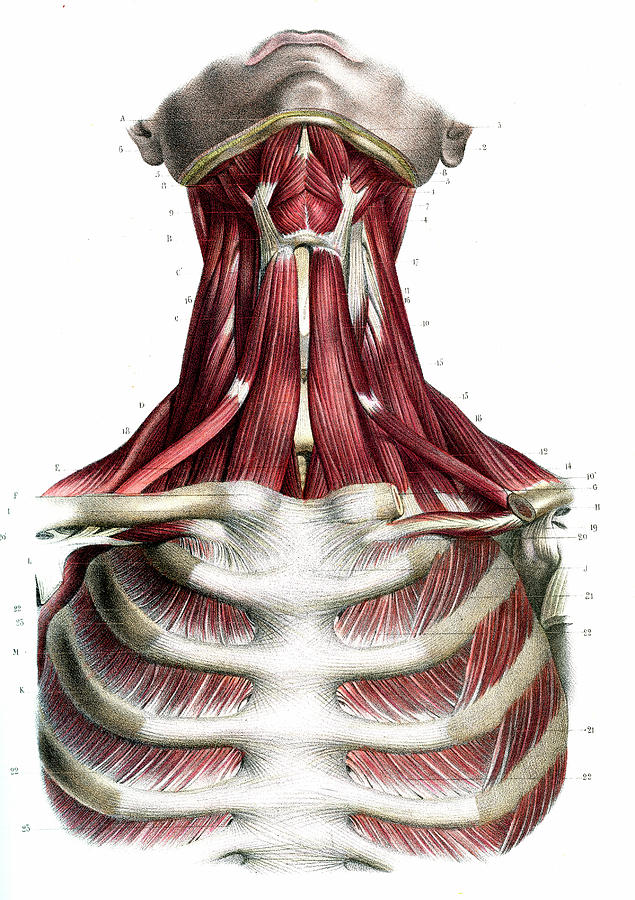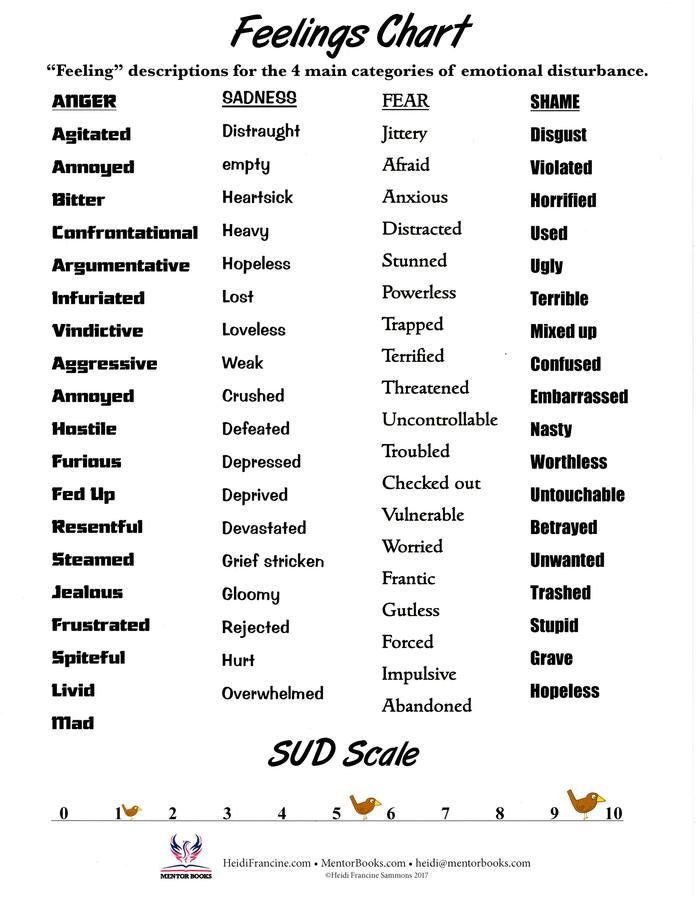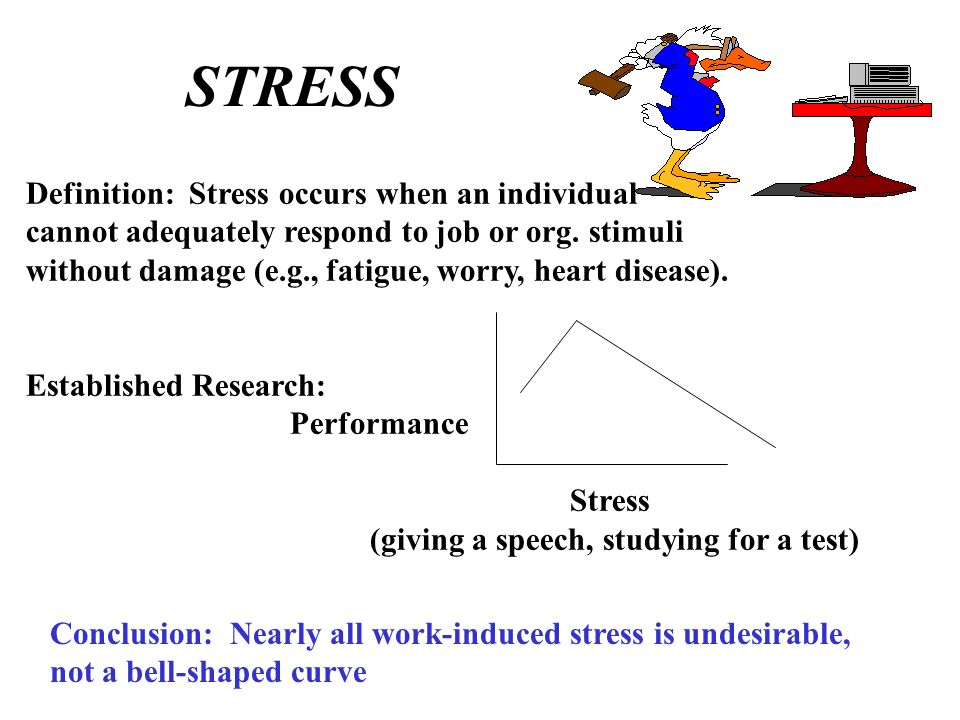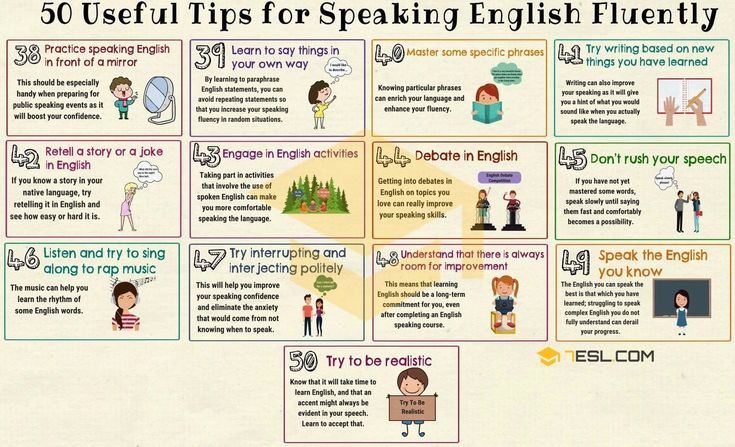Self soothing dbt
Your 6-Skill Guide to Navigate Emotional Crises
Skip to contentPrevious Next
- View Larger Image
DBT Distress Tolerance Skills: Your 6-Skill Guide to Navigate Emotional Crises
We all experience crises in our lives. Sometimes these crises are big, like a divorce, a death, or a layoff. Sometimes these crises are small, like traffic, a long line at check out, or not knowing what to wear that day. DBT distress tolerance skills help you get to a more manageable emotional place for crisis survival.
TIPP
ACCEPTS
IMPROVE
PRO AND CON LIST
SELF SOOTHE
RADICAL ACCEPTANCE
TIPP
You’re at your emotional breaking point. Maybe the worst has happened, or maybe it was just the “last straw”. The DBT distress tolerance skill you need is TIPP. This skill is designed to bring you down from the metaphorical (hopefully not literal) ledge.
TIPP stands for Temperature, Intense exercise, Paced breathing, and Paired muscle relaxation.
Temperature
When we’re upset, our bodies often feel hot. To counter this, splash your face with cold water, hold an ice cube, or let the car’s AC blow on your face. Changing your body temperature will help you cool down—both physically and emotionally.
Intense Exercise
Do intense exercise to match your intense emotion. You’re not a marathon runner? That’s okay, you don’t need to be. Sprint down to the end of the street, jump in the pool for a few laps, or do jumping jacks until you’ve tired yourself out. Increasing oxygen flow helps decrease stress levels. Plus, it’s hard to stay dangerously upset when you’re exhausted.
Paced Breathing
Even something as simple as controlling your breath can have a profound impact on reducing emotional pain. There are many different types of breathing exercises. If you have a favorite, breathe it out. If you don’t, try a technique called “box breathing”. Each breath interval will be four seconds long. Take in air four seconds, hold it in four seconds, breathe out four, and hold four. And then start again. Continue to focus on this breathing pattern until you feel more calm. Steady breathing reduces your body’s fight or flight response.
Paired Muscle Relaxation
The science of paired muscle relaxation is fascinating. When you tighten a voluntary muscle, relax it, and allow it to rest, the muscle will become more relaxed than it was before it was tightened. Relaxed muscles require less oxygen, so your breathing and heart rate will slow down.1
When you tighten a voluntary muscle, relax it, and allow it to rest, the muscle will become more relaxed than it was before it was tightened. Relaxed muscles require less oxygen, so your breathing and heart rate will slow down.1
Try this technique by focusing on a group of muscles, such as the muscles in your arms. Tighten the muscles as much as you can for five seconds. Then let go of the tension. Let the muscles relax, and you’ll begin to relax, as well.
TIPP Temperature
Intense Exercise
Paced Breathing
Paired Muscle Relaxation
The distress tolerance skills in TIPP will bring you a step closer to wise mind, where you will be able to make a constructive choice and cope productively.
ACCEPTS
The DBT distress tolerance acronym ACCEPTS is a group of skills to help you tolerate a negative emotion until you are able to address and eventually resolve the situation. In an early season of the 90’s sitcom Friends, Monica is dating Pete Becker. He calls her from out of town and says, “We need to talk.” Monica wonders if it is a good talk, or a bad talk? She is in psychological distress waiting for his return. The skill set she would use while waiting for Pete to come home is ACCEPTS.
This DBT skill stands for Activities, Contributing, Comparisons, Emotions, Push away, Thoughts, and Sensation
.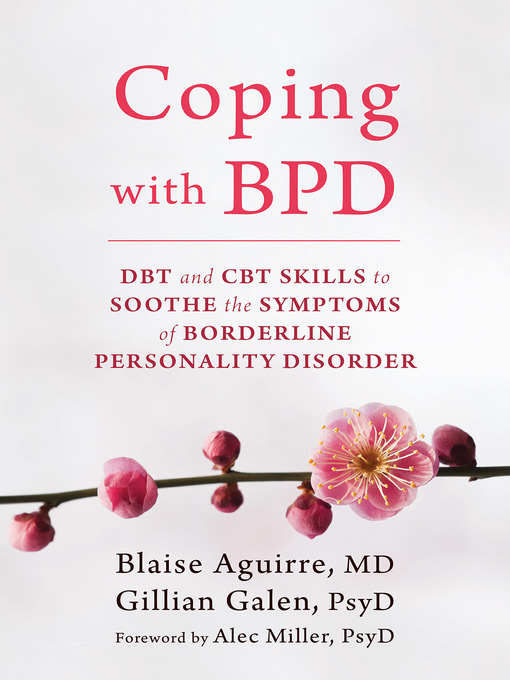 These techniques are designed to keep your emotions manageable until you can resolve the problem.
These techniques are designed to keep your emotions manageable until you can resolve the problem.
Activities
Engage in an activity, and this can be just about any healthy activity. Read a book, make strawberry jam, go for a walk, call your friend, wash the dishes. Anything that keeps you busy and keeps your mind off the negative emotion will help. If you finish, move on to a new activity. (You could potentially have a very productive day while awaiting that dreaded situation!)
Contributing
Do something kind for another person. Giving service can help you relieve emotional distress in a couple ways. An act of service is also an activity that, as mentioned above, will help get your mind off of the problem at hand. Additionally, we feel good about ourselves when we help someone else, and that in itself can help you deal with stress. Help cook dinner, mow the neighbor’s lawn, or bake cookies for a friend or relative. Each of these contributing ideas will distract you from your current situation.
Comparisons
Put your life in perspective. Is there a time when you’ve faced more difficult challenges than you’re facing today? Maybe not—maybe this is the most intense situation and most intense emotion you’ve ever experienced. (If so, you may need to jump back up to the TIPP section.) If that’s the case, is there another person who has suffered more than you? Are you in your safe home, while in another part of the world someone else is searching for food and shelter after a natural disaster? The goal of this exercise is not to add more distress and emotional pain to your current situation. Instead, use this skill to add a different perspective to what you’re experiencing right now.
Emotions
You have the power to invoke the opposite emotion of your current distressed feeling. If you are feeling anxious, practice meditation for 15 minutes. If you’re feeling depressed, go ahead and Google Image search “adorable puppies”. (If you’re in need of a real laugh, search “ugly puppies”. ) Adding a dose of the opposite emotion helps reduce the intensity of the negative emotion.
) Adding a dose of the opposite emotion helps reduce the intensity of the negative emotion.
Push Away
When you can’t deal with something just yet, it’s okay to push the problem out of your mind temporarily. You can push away by distracting yourself with other activities, thoughts, or mindfulness. You can even set a time to come back to the issue. You know that it will be addressed, and you can relax in the interim.
Thoughts
Replace negative, anxious thoughts with activities that busy your mind, such as saying the alphabet backwards or doing a Sudoku puzzle. These distractions can help you avoid self-destructive behavior until you’re able to achieve emotion regulation.
Sensation
Use your five senses to self-soothe during times of distress. A self-soothing behavior could be taking a warm bath with a lavender bath bomb and relaxing music, eating a comforting snack, or watching your favorite show. Anything that appeals to your senses can help you cope with the present situation.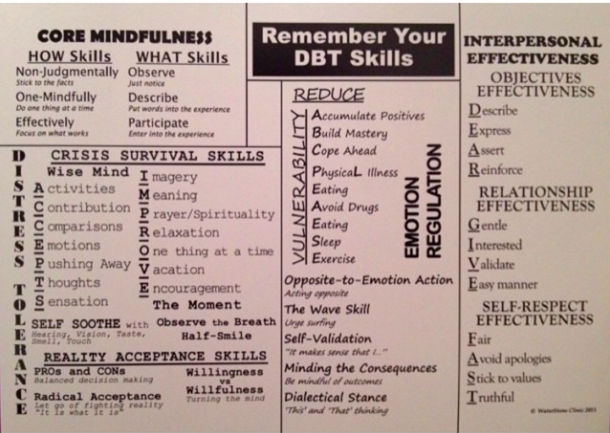
Activities
Contributing
Comparisons
Emotions
Push Away
Thoughts
Sensation
The dialectical behavior therapy skills in ACCEPTS help you tolerate your distress until the appropriate time to resolve the situation. Once you’re ready and able to address the problem head on, other skills, such as DBT interpersonal effectiveness, can help you get your needs met.
IMPROVE
Whether the circumstance is small (you just broke your shoe) or big (you just broke your foot), there will be many times that you don’t have control over an unpleasant event. During these times, you’ll need distress tolerance to make it through the situation without engaging in unhealthy behaviors. Intense emotions don’t last forever. You can use the dialectical behavior skill IMPROVE to tolerate emotions until the intensity subsides.
During these times, you’ll need distress tolerance to make it through the situation without engaging in unhealthy behaviors. Intense emotions don’t last forever. You can use the dialectical behavior skill IMPROVE to tolerate emotions until the intensity subsides.
IMPROVE stands for Imagery, Meaning, Prayer, Relaxation, One thing in the moment, Vacation, and Encouragement.
Imagery
Imagine yourself dealing successfully with the problem, being in wise mind, and feeling accomplished when the situation is over. By doing so, you may actually be able to change the outcome of the problem in your favor2.
Meaning
Try to find meaning in painful situations. What can you learn from this experience? Maybe you’ll be more empathetic. Maybe you’ll build new relationships. Maybe this will launch you on a healing journey. Find a reason, or a possible reason, to assign your present suffering.
What can you learn from this experience? Maybe you’ll be more empathetic. Maybe you’ll build new relationships. Maybe this will launch you on a healing journey. Find a reason, or a possible reason, to assign your present suffering.
Prayer
Prayer can come in any form that works for you. The prayer can be to any higher power, including God or the universe. Surrender your problems and ask to tolerate the situation a little longer.
Relaxation
We tense up during stressful situations thanks to our fight or flight instinct. Engage in relaxing activities to calm the psychological distress you’re experiencing. These activities can include deep breathing, yoga, a hot bath, and a relaxing walk.
One thing in the moment
Stay in the moment by letting go of the past and future. Adding old issues to the situation, or future tripping about potential consequences of the situation, will not be helpful in solving the problem. Find one thing to do and focus your entire self to that task.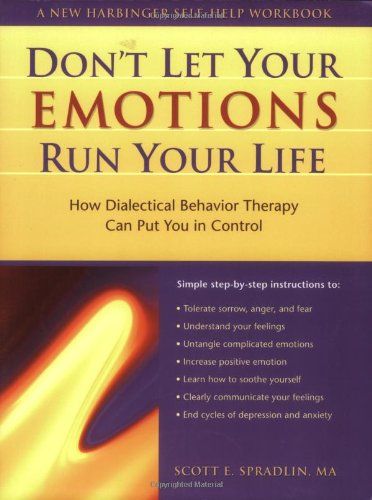 A one-track mind helps emotions feel less overwhelming.
A one-track mind helps emotions feel less overwhelming.
Vacation
On the ideal vacation, you’re able to take a break from all your stressors and return home ready to take on the challenges you left behind. Unfortunately, most of us aren’t able to take a real vacation during a moment of crisis. Instead, you can take a vacation in your mind. Imagine yourself somewhere else, like taking an evening stroll around the lake or driving on the Pacific Coast Highway. Stay on your “vacation” as long as necessary, and revisit as often as needed. Hopefully, you’ll “return” better able to tolerate your circumstances.
Encouragement
Encouragement doesn’t have to come from an external source to be effective. Give yourself encouragement by repeating phrases that are meaningful to you, such as “I got this”, “I can improve this moment”, or “¡sí se puede!”. Say it loud, say it proud! You’ll be amazed at your ability to motivate yourself to make it through a challenging time.
IMPROVE Imagery
Meaning
Prayer
Relaxation
One thing in the moment
Vacation
Encouragement
The distress tolerance techniques found in IMPROVE can be used anywhere, and anytime you need to tolerate a situation that you can’t change.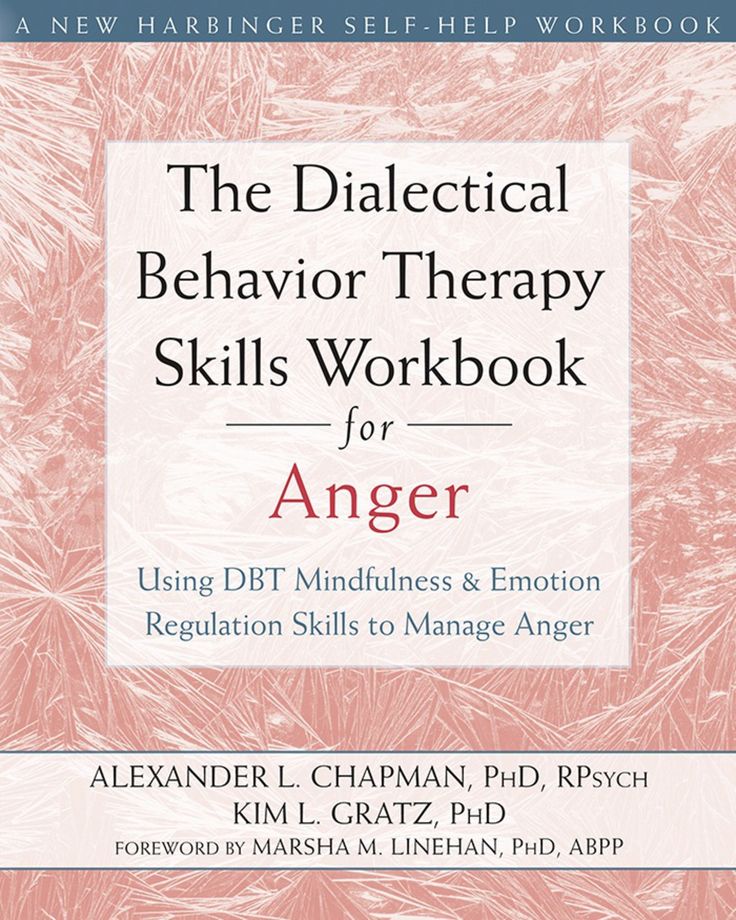 Practice these techniques during minor situations and they’ll come to you naturally when bigger problems arise.
Practice these techniques during minor situations and they’ll come to you naturally when bigger problems arise.
PRO AND CON LIST
Making sensible decisions can be difficult, especially when you’re not in Wise Mind. Dialectical behavior therapy suggests using a pro and con list to weigh out the consequences of your decision.
It’s common to have urges to engage in self-harm behavior or other self-destructive behavior while in emotional crisis. Make a pro and con list to decide if you should act on an urge, or tolerate an urge. It can be as simple as a few bullet points in your mind or you can dig deep and make a lengthy list on paper.
In this moment, which behavior is best for you? This skill can be useful in fighting impulsive urges and their negative outcomes.
SELF SOOTHE
Another simple way to increase your distress tolerance in a crisis situation is to use your body’s senses. Self-soothing through senses can quickly reduce the intensity of negative emotions.
Self-soothing through senses can quickly reduce the intensity of negative emotions.
Sight
Use your vision to focus on something else. Count how many places you can see a certain color in the room, or focus on an object’s texture. You can also pull out your phone and scroll through some of your favorite photos.
Hearing
Listen to sounds—any sounds. Can you hear birds chirping or the sound of traffic outside? Turn the volume up on your favorite song and just listen. If you prefer soothing sounds, there are many apps you can install on your phone to play on the go.
Taste
A small treat can give you something pleasurable to focus on while you’re getting through a tough moment. You don’t need to prepare a full meal—a piece of gum or a few mints will do the trick.
Touch
Embrace your sense of touch by noticing how a pen feels in your hand, running your fingers through your hair, or using a fidget toy. When appropriate, you can wrap yourself in a blanket or take a warm bath.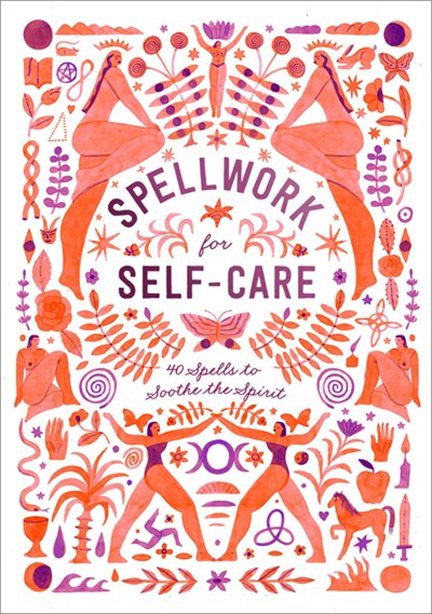
Smell
Whether it’s good or bad, focus on whatever scent is in the air. Can you identify the smell, or break it down into its components? For easy access to a scent you find calming, put a few drops of your favorite essential oil onto a cotton ball and keep it with you in a plastic bag.
Movement
While you technically only have five senses, DBT introduces a sixth sense of movement. Your emotional state can be altered by your body’s movements, so take a walk around the block or dance to your favorite song!
SELF-SOOTHE
Sight
Hearing
Taste
Touch
Smell
Movement
Your senses are a tool you’ll always have with you to reduce the intensity of a situation. Try focusing on only one sense at a time to incorporate mindfulness into the self-soothing skill.
RADICAL ACCEPTANCE
Sometimes you will have an undesirable situation that won’t change.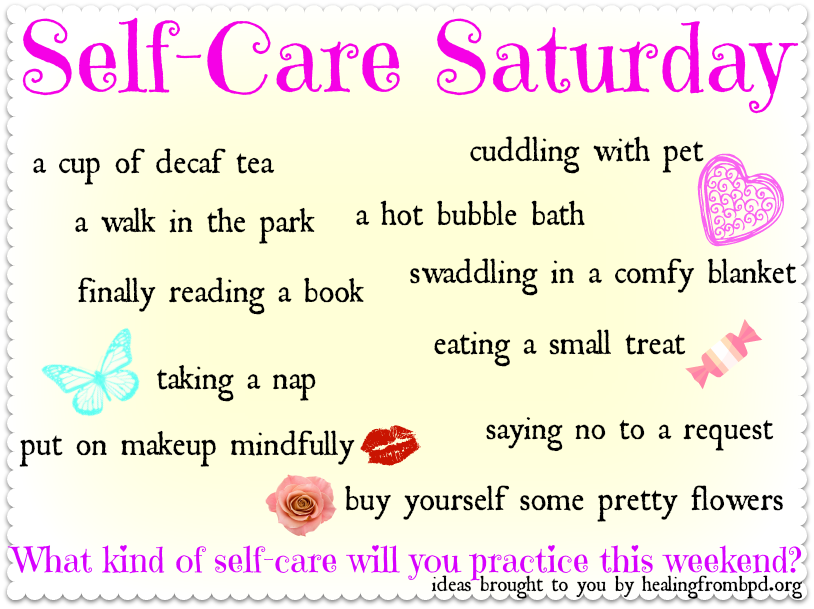 You may not like it or approve of it, but acceptance will allow you to feel peace and provide you with the space to move on.
You may not like it or approve of it, but acceptance will allow you to feel peace and provide you with the space to move on.
Radical acceptance acknowledges that we all have choices, and it sometimes comes down to choosing whether or not we are going to accept the reality of our situation. You can choose to stay miserable about the situation, or you can choose to accept it and move forward.
Imagine that you are terrified of the dentist. You tried to ignore it. You tried to deny it. But you know you have a cavity. You had a good relationship with your previous dentist, but he just retired. Your new dentist isn’t warm with his patients and seems a little too eager to wield around that sharp, spinning drill.
In an attempt to avoid the dentist and manage the pain you’ll probably start cutting out some of your favorite foods that irritate the cavity, such as sugars and cold food. But that’s fine, right? You’ve been thinking you should eat more fish and veggies, anyway. That works out okay, except when you eat an unknown cavity irritant, or the cavity pain just flares up for no good reason.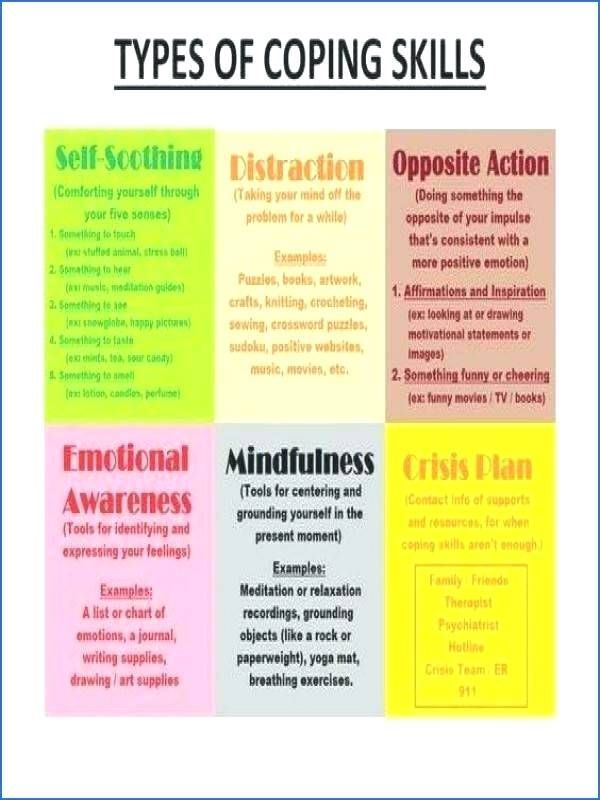
By practicing radical acceptance, you choose to accept that you are scared of the dentist, it will be a miserable experience, and the cavity needs to be filled regardless. You can’t leave it or else you’ll eventually need a root canal, and no one has time for that. (Read: That’s like, the scariest dental procedure there is.)
So you go to the appointment, embrace for the worst, and 45 minutes later you walk out with a full set of teeth and a renewed commitment to floss.
And let’s not forget—when you’re in that dentist chair with a suction tube hanging from your lip and the hygienist misting your entire face with water, you can use the IMPROVE skill set to successfully make it out the other side.
DBT‘s distress tolerance skill training may seem daunting, yet emotion regulation gives you more control over urges to engage in an impulsive behavior. Whether or not you have a mental illness or personality disorder, you can improve your mental health and ability to tolerate distressing situations.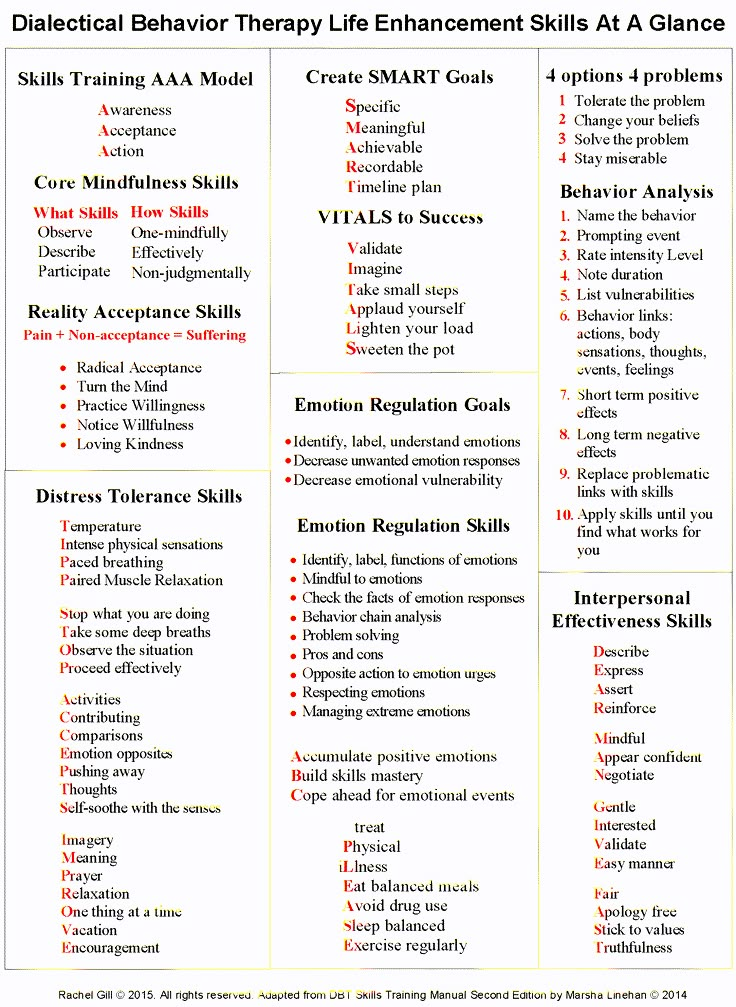 A DBT program or DBT therapist can help you further develop these skills.
A DBT program or DBT therapist can help you further develop these skills.
ABOUT Dialectical behavior therapy (
DBT)Dialectical behavior therapy (DBT) is skill training to handle myriad difficult situations. Dialectical behavioral therapy was initially developed as a cognitive behavioral therapy substitute in treating borderline personality disorder (BPD). However, it is now considered the gold standard of treatment for many mental health issues. DBT has been successful in treating substance abuse, post-traumatic stress disorder, the urge to binge eat or purge, and others.
We invite you to call 866.754.4807 to learn more about how Distress Tolerance can help your family.
We are Committed to the Success of Your Daughter, and Your Entire Family
Sunrise uses more comprehensive outcomes than any other fully integrated DBT program. By integrating DBT into every aspect of our program, your daughter will live the skills, not just learn them. We focus on the family to create a healthy system in which your daughter will thrive after returning home. Through therapy, activities, academics, and support, your daughter will become a healthy young woman with a passion for life.
References
1 Progressive Muscle Relaxation. (n.d.). Retrieved August 01, 2017
2 Dietz, L. (n.d.). Retrieved August 01, 2017
Go to Top
How to Practice Self-Soothing - Mindfulness Muse
Laura K. Schenck, Ph.D., LPC
“Nothing can bring you peace but yourself.” – Ralph Waldo Emerson
When feeling heightened levels of stress and anxiety, it can be especially difficult to draw upon our inner resources to practice self-soothing.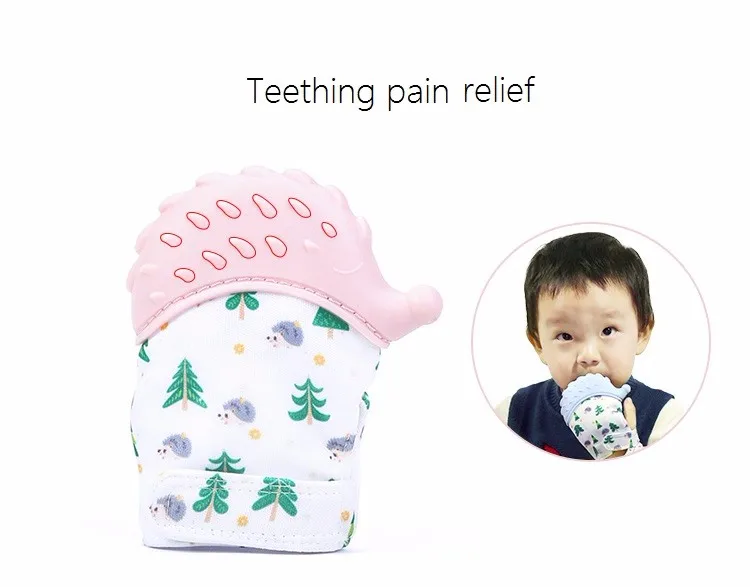 During difficult situations that tend to increase our levels of distress, it is especially important to have a self-care toolkit already prepared so that we can meet the present moment more skillfully. Consider how you generally practice self-care and maintain a sense of equilibrium. Pay attention to what is already working for you, while also noticing areas for growth.
During difficult situations that tend to increase our levels of distress, it is especially important to have a self-care toolkit already prepared so that we can meet the present moment more skillfully. Consider how you generally practice self-care and maintain a sense of equilibrium. Pay attention to what is already working for you, while also noticing areas for growth.
Dialectical Behavior Therapy (DBT) offers a wealth of skills to practice mindfulness, regulate emotions, increase interpersonal effectiveness, and tolerate distress more effectively. Self-soothing skills enable you to calm yourself during times of intense distress and bring yourself back to a more centered and grounded place. By integrating mindfulness and emotion regulation skills with your five senses, you can effectively calm yourself during difficult moments.
Vision- Sit outside and look at nature with an attentive, mindful eye
- Take a walk in a nearby park or go for a leisurely hike
- Go outdoors at nighttime and look up at the stars in the sky
- Listen to soothing or invigorating music, depending on your mood
- Play or learn to play an instrument
- Close your eyes and become mindful of the sounds around you
- Place essential oils on the inside of your wrists and breathe deeply
- Burn incense or light a scented candle
- Open the windows and breathe in the fresh air
- Eat one thing mindfully, really savoring the tastes and textures
- Treat yourself to a favorite dessert and slow down to enjoy it
- Taste something tart, like a lemon or orange, and pay attention
- Snuggle up under an especially soft, cozy blanket
- Drink a warm cup of tea or coffee and warm your hands on the mug
- Take a long hot bath or shower and savor the experience
How do you intend to use your five senses to practice self-soothing? Observe whether or not there are things you are already doing to practice self-care that you can continue to do.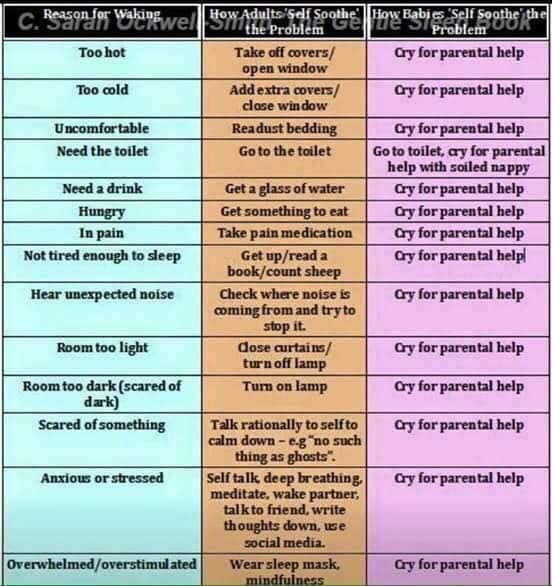 Consider how bringing an open, curious, and nonjudgmental attitude of mindfulness to stressful situations can increase your ability to effectively cope with distress. The more you practice self-soothing skills in the present, the better equipped you will be to engage in effective self-soothing in the future.
Consider how bringing an open, curious, and nonjudgmental attitude of mindfulness to stressful situations can increase your ability to effectively cope with distress. The more you practice self-soothing skills in the present, the better equipped you will be to engage in effective self-soothing in the future.
– – – – – – – – – – – – – – – – – – – – – – – – – – – – – – – – – – – – – – – – – – – – – – – – – – – – – – – – – –
Linehan, M.M. (2015). DBT Skills Training Handouts and Worksheets. New York, NY: The Guilford Press.
Featured image: Mädchen sitzt auf Schaukel by Marco Verch / CC BY 2.0
← How to Use Grounding to Calm Yourself
About Laura K.
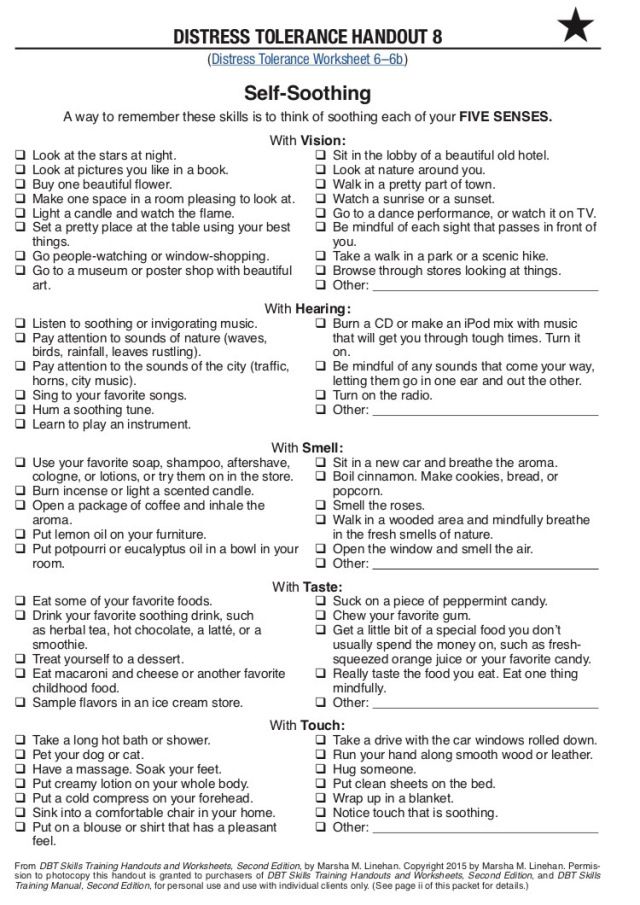 Schenck, Ph.D., LPC
Schenck, Ph.D., LPCI am a Licensed Professional Counselor (LPC) with a Ph.D. in Counseling Psychology from the University of Northern Colorado. Some of my academic interests include: Dialectical Behavior Therapy, mindfulness, stress reduction, work/life balance, mood disorders, identity development, supervision & training, and self-care.
View all posts by Laura K. Schenck, Ph.D., LPC →
What is DBT
The lives of people with borderline personality disorder are often filled with harrowing emotional swings, relationship problems, self-harmful behavior, and chronic suicidality.
Dialectical behavior therapy (DBT) is a compassionate and proven model of care.
DBT is a comprehensive cognitive behavioral therapy system designed to treat complex, difficult to treat personality and behavioral disorders. Initially developed for patients with chronic suicidal behavior, DBT has gradually evolved into a treatment for patients with multiple behavioral problems and borderline personality disorder (BPD). Since then, DBT adaptations have been developed for difficult-to-treat behavioral disorders associated with emotional dysregulation, including substance dependence, anorexia and bulimia, depression and suicidal behavior in adolescents, depression in the elderly, and bipolar affective disorder. There are versions of the DBT applicable to a variety of care formats, including outpatient and inpatient care, group therapy, and individual therapy.
Since then, DBT adaptations have been developed for difficult-to-treat behavioral disorders associated with emotional dysregulation, including substance dependence, anorexia and bulimia, depression and suicidal behavior in adolescents, depression in the elderly, and bipolar affective disorder. There are versions of the DBT applicable to a variety of care formats, including outpatient and inpatient care, group therapy, and individual therapy.
Dialectical Behavior Therapy is the world standard for helping people with borderline personality disorder, suicidal behavior and self-harm.
DBT is based on a combined deficit-motivation model of BPD, suggesting that (1) people with BPD lack important interpersonal skills, self-regulation (including emotion management), and distress coping, and that (2) individual and environmental factors often block or suppress the acquisition and use of behavioral skills by patients and reinforce dysfunctional behavior.
DBT combines basic behavior therapy strategies with mindfulness practices.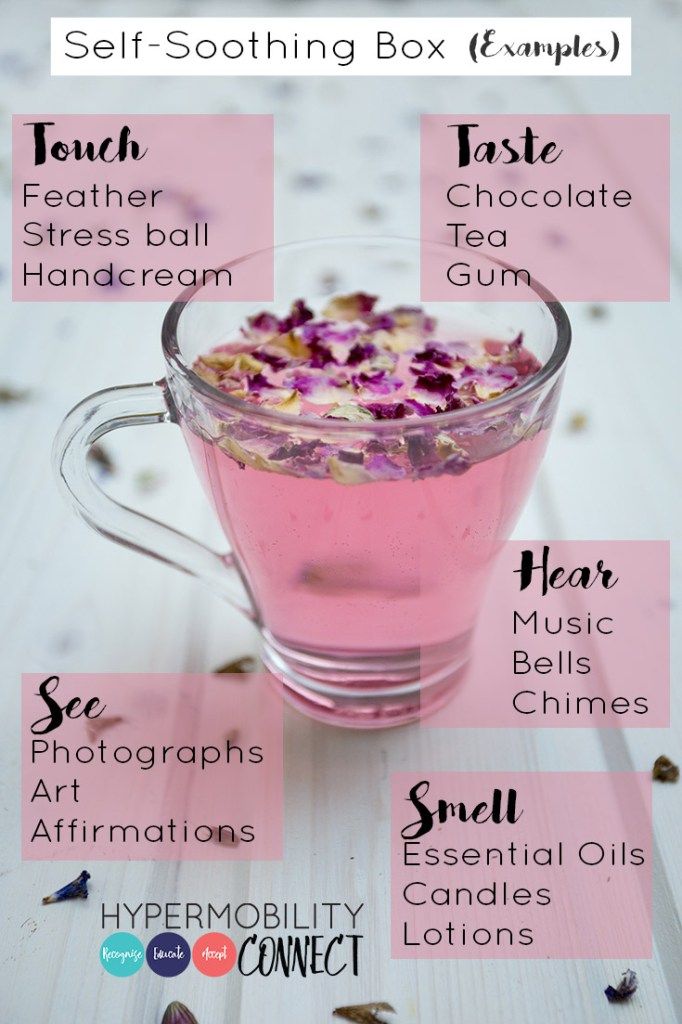
DBT starts from a balanced dialectical therapeutic position that emphasizes the synthesis of opposites. The dialectical approach assumes the inevitability of the emergence in the therapy of suicidal patients with BPD of many opposites that are difficult to combine (the need for acceptance and change, passivity and activity, the patient's vulnerability and the need to actively contact the environment, etc.). DBT encourages the formation of flexible dialectical patterns of thinking and behavior instead of the rigid "black and white" type of thinking.
The fundamental dialectical balance in DBT is the balance between accepting the patient for who they are and helping them achieve change.
Acceptance procedures in DBT include mindfulness techniques (i.e., attention to the present moment, taking a nonjudgmental stance, focusing on performance) as well as a range of validation and acceptance strategies. Change strategies in DBT include behavioral analysis of maladaptive behavior and solution techniques, including interpersonal skills training, emotional self-regulation, learning management (reinforcement and punishment in therapy), cognitive modification, and exposure-based strategies.
As part of a comprehensive treatment, DBT aims to achieve five main goals:
(1) expansion of the behavioral repertoire,
(2) increased motivation for change (through modification of inhibitors and reinforcers),
(3) generalization of new behavior patterns outside the therapeutic space,
(4) structuring of the therapeutic environment necessary for the implementation of resources therapist and patient,
(5) increasing the ability and motivation of the therapist to effectively help the patient.
In the standard DBT, these functions are distributed among various formats of care, including individual psychotherapy, group skills training, telephone coaching, and the DBT advisory group.
Marriage tips, tips, help articles, goals and more, November 2022
Marriage tips, tips, help articles, goals and more, November 2022Messages
31 colorful ways to wish everyone a happy October
2022
Ideas on how to wish everyone in your life a Happy October.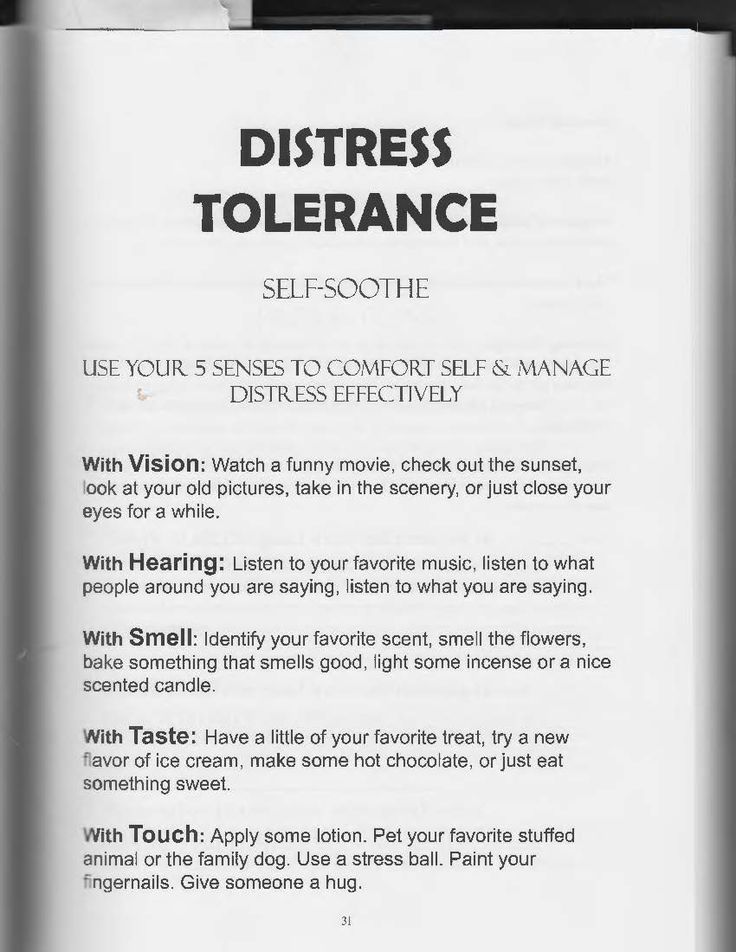 Includes short October greetings and famous quotes.
Includes short October greetings and famous quotes.
Relationship Tips & Advice
How to Deal With a Controlling Husband
2022
Find the signs of an overbearing husband and learn how to deal effectively with an overbearing husband.
Inspiration
Dreams about divorce - interpretation and the best of them
2022
Dreams about divorce can mean different things, like any dream. As we will show in this article, the interpretation of dreams is far from an exact science. But, if you wake up after one such dream or constantly dream about divorce. This article can help you through this process.
Relationship Tips & Advice
15 Ways to Start a Romantic Conversation with Your Loved One
2022
Looking for ways to start a romantic conversation with your loved ones? Here are 15 ways to improve your love conversations with your girlfriend, boyfriend or lover.
Relationship Advice
Attention men - eight tips to improve your marriage
2022
Are you thinking about how to improve your marriage? This article aims to offer great relationship ideas and highlight some of the issues and areas of marriage where men often overlook how a woman thinks and what makes her happy.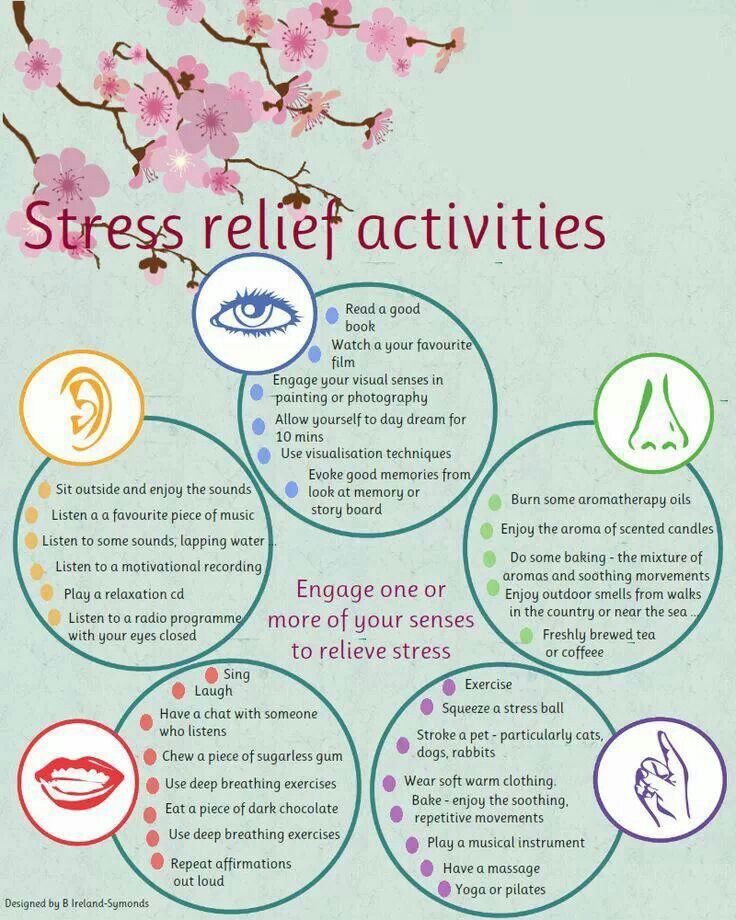
Improve Marriage Communication
How to Deal with a Passive Aggressive Spouse
2022
Passive aggressive behavior can cause frustration in a marriage, but you can learn how to deal with passive aggressive spouses.
Relationship Advice
Long Distance Relationships: Distance makes the heart grow
2022
The saying is true: distance makes the heart flutter when we haven't seen the faces of our loved ones, which heightens anticipation. This article sheds light on long distance relationships.
Marriage Therapy
6 Things to Keep in Mind in Pre-Wedding Couples Therapy
2022
Therapy can help you in the long run and help keep your marriage going when problems arise. However, there are a few basic tips you should know before heading into couples therapy and settling down.
Relationship Tips & Advice
15 Amazing Ways to Create Memories with Your Partner
2022
Making memories is the most valuable part of a relationship.